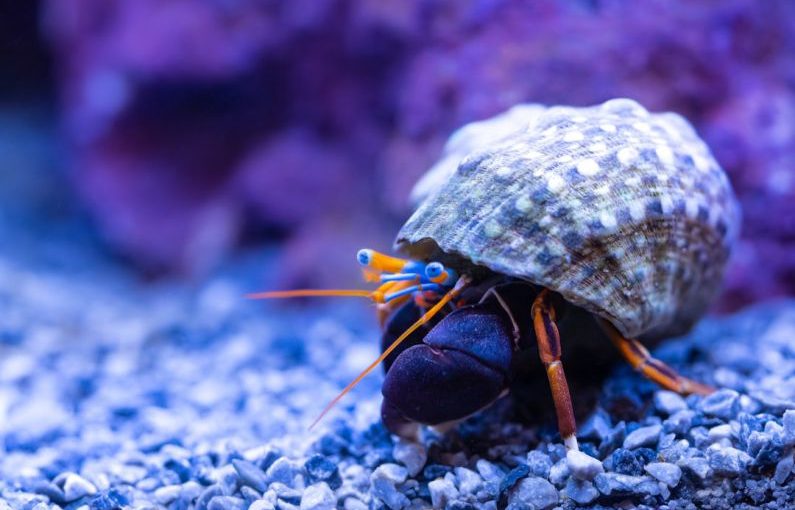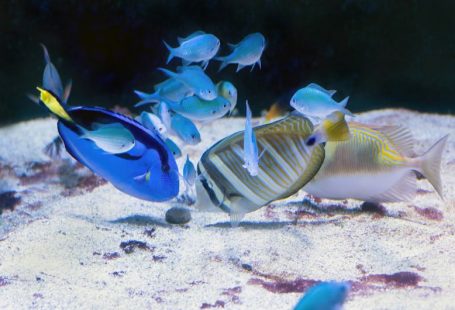Setting up an aquarium is an exciting endeavor that allows you to create a beautiful underwater world in your own home. One crucial aspect of maintaining a healthy aquarium ecosystem is choosing the right substrate. The substrate, or the material covering the bottom of your tank, plays a vital role in the overall well-being of your aquatic plants and animals. With a wide variety of substrates available on the market, it can be overwhelming to decide which one is best suited for your aquarium. In this article, we will explore the different types of substrates and provide guidance on how to choose the ideal one for your aquatic setup.
**Understanding the Importance of Substrate**
The substrate in your aquarium serves several essential functions beyond just aesthetic appeal. It provides a surface for beneficial bacteria to grow, which helps in the biological filtration process by breaking down waste and converting harmful substances like ammonia into less toxic compounds. Additionally, the substrate can anchor plants in place, offer a natural environment for bottom-dwelling fish and invertebrates to forage and burrow, and contribute to the overall stability of the aquarium ecosystem.
**Types of Aquarium Substrate**
There are various types of substrates available for aquariums, each with its own unique characteristics and benefits. Here are some common types of substrates to consider:
**Gravel:** Gravel is one of the most popular choices for aquarium substrate due to its versatility and ease of maintenance. It comes in different colors and sizes, allowing you to create a customized look for your tank. Gravel provides a good surface area for beneficial bacteria to colonize and is suitable for most freshwater aquarium setups.
**Sand:** Sand is another popular choice, particularly for aquariums housing bottom-dwelling fish and invertebrates. It provides a natural look and allows for easy burrowing for species like corydoras catfish and shrimp. However, sand can sometimes compact over time, leading to anaerobic pockets that may produce harmful gases if not properly maintained.
**Aquarium Soil:** Aquarium soil is a nutrient-rich substrate specifically designed for planted aquariums. It provides essential nutrients for plant growth and can help create a thriving aquatic garden. Aquarium soil can be beneficial for plants that have high nutrient demands but may require more maintenance compared to other substrates.
**Crushed Coral:** Crushed coral is a popular choice for marine aquariums or setups that require a higher pH level. It can help buffer water hardness and stabilize pH levels, making it ideal for maintaining a stable environment for marine fish and invertebrates that prefer alkaline conditions.
**Choosing the Right Substrate for Your Aquarium**
When selecting a substrate for your aquarium, consider the specific needs of your aquatic plants and animals. Research the requirements of the species you plan to keep to determine the best substrate option for them. Additionally, think about the aesthetic appeal you want to achieve and how the substrate will complement the overall design of your tank.
If you have a planted aquarium, choose a substrate that provides essential nutrients for plant growth and supports root development. Consider factors such as grain size, color, and texture when selecting a substrate that will enhance the visual appeal of your aquarium while meeting the needs of your aquatic inhabitants.
**Maintaining Your Aquarium Substrate**
Once you have chosen and added the substrate to your aquarium, proper maintenance is essential to ensure its longevity and effectiveness. Regularly vacuuming the substrate during water changes can help remove debris and prevent the buildup of harmful substances. Avoid disturbing the substrate too often, as this can disrupt the beneficial bacteria colonies and plant roots.
**In Summary**
Choosing the right substrate for your aquarium is a critical decision that can impact the overall health and appearance of your aquatic setup. Consider the specific needs of your aquatic plants and animals, as well as your desired aesthetic, when selecting a substrate. With the right substrate in place, you can create a thriving underwater environment that both you and your aquatic inhabitants will enjoy.





